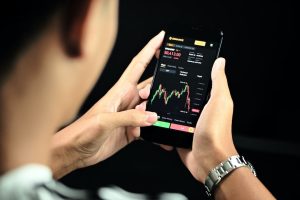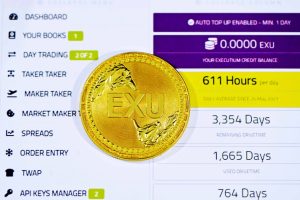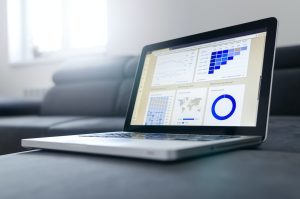Forex trading is the act of buying and selling foreign currencies in the hopes of making a profit. It is a popular form of investment that involves speculating on the rise and fall of currency prices. Forex trading can be a lucrative endeavor, but it is also a high-risk activity that requires extensive knowledge and experience.
There are several steps involved in forex trading, and it is important to understand each one before getting started. Below is a step-by-step guide on how to do forex trading.
Step 1: Choose a Forex Broker
The first step in forex trading is to choose a reputable forex broker. A forex broker is a company that provides traders with access to a trading platform where they can buy and sell currencies. It is important to choose a broker that is regulated by a reputable financial authority and has a good reputation in the industry.
Some of the top forex brokers include IG, Saxo Bank, and CMC Markets. When choosing a broker, consider factors such as the trading platform, fees, customer service, and educational resources.
Step 2: Open a Trading Account
Once you have chosen a forex broker, the next step is to open a trading account. This involves filling out an application form and providing some personal information, such as your name, address, and contact details. You may also need to provide proof of identity and address, such as a passport or utility bill.
Most forex brokers offer several types of trading accounts, including demo accounts, standard accounts, and VIP accounts. A demo account is a good option for beginners as it allows you to practice trading with virtual money before risking your own funds.
Step 3: Fund Your Account
After opening a trading account, you need to fund it with money in order to start trading. Most forex brokers offer several payment options, including bank transfers, credit cards, and e-wallets such as PayPal and Skrill.
It is important to have a clear understanding of the fees and charges associated with funding your account, as well as the minimum deposit requirements. Some brokers may also offer bonuses or promotions for new traders.
Step 4: Choose a Currency Pair
Once you have funded your account, the next step is to choose a currency pair to trade. The forex market is open 24 hours a day, 5 days a week, and there are dozens of currency pairs to choose from.
Some of the most popular currency pairs include EUR/USD, GBP/USD, and USD/JPY. Each currency pair has a unique set of characteristics and trading conditions, so it is important to research and analyze each one before making a decision.
Step 5: Analyze the Market
Before placing a trade, it is important to analyze the market and determine the best entry and exit points. There are two main methods of analysis in forex trading: technical analysis and fundamental analysis.
Technical analysis involves studying charts and using various indicators to identify trends and patterns in the market. Fundamental analysis involves analyzing economic and political factors that may affect currency prices.
Both methods of analysis are important in forex trading, and it is recommended to use a combination of both to make informed trading decisions.
Step 6: Place a Trade
After analyzing the market, the next step is to place a trade. This involves selecting the currency pair, setting the trade size, and choosing the direction of the trade (buy or sell).
Most forex brokers offer several types of orders, including market orders, limit orders, and stop-loss orders. A market order is an order to buy or sell a currency pair at the current market price. A limit order is an order to buy or sell a currency pair at a specific price, while a stop-loss order is an order to close a trade at a certain price to limit losses.
Step 7: Monitor and Manage Your Trades
Once you have placed a trade, it is important to monitor and manage it carefully. This involves setting stop-loss and take-profit orders to limit your losses and lock in your profits.
It is also important to stay up-to-date with market news and events that may affect currency prices. This can help you make informed decisions about when to enter and exit trades.
Conclusion
Forex trading is a complex and high-risk activity that requires extensive knowledge and experience. By following the steps outlined above, you can get started with forex trading and work towards becoming a successful trader. Remember to choose a reputable broker, analyze the market carefully, and manage your trades effectively to minimize your risks and maximize your profits.





